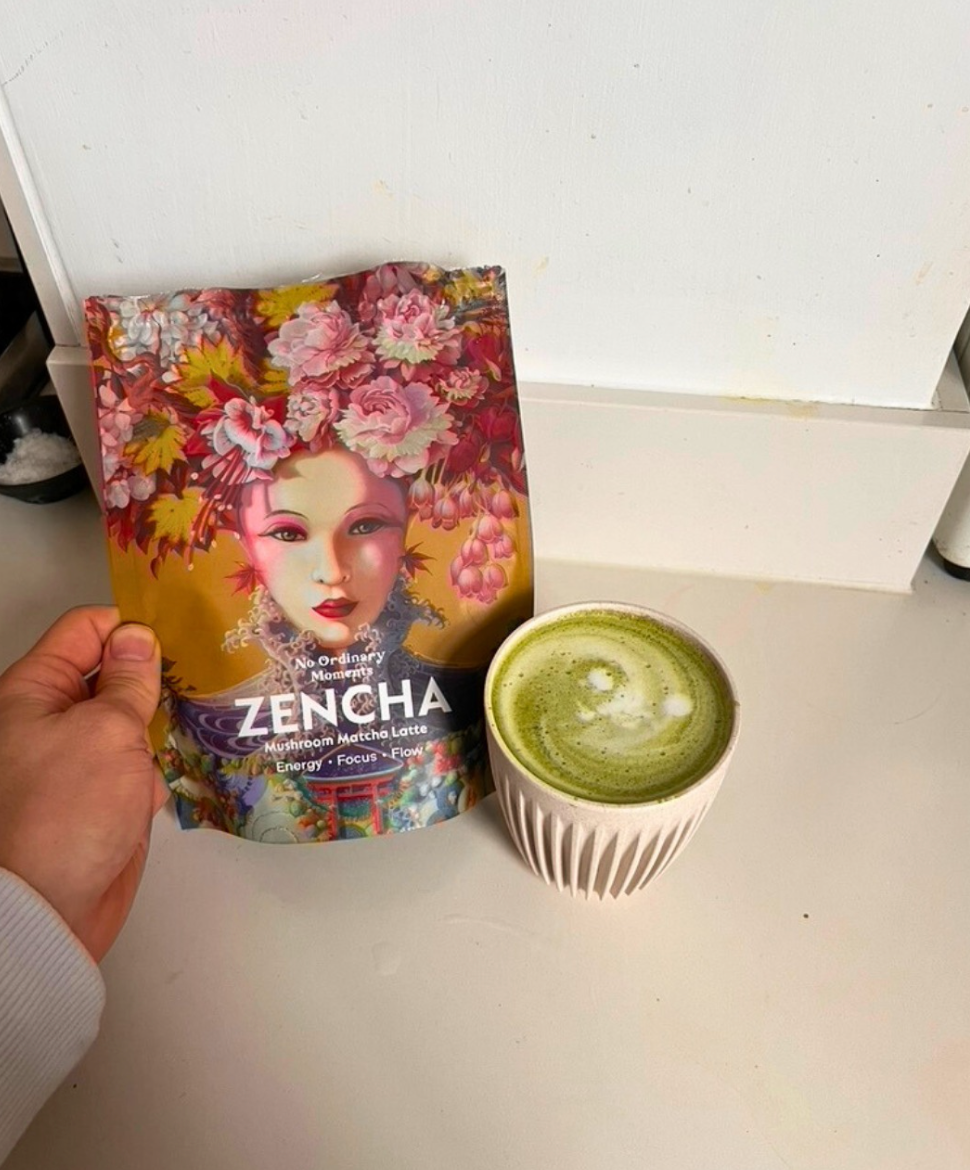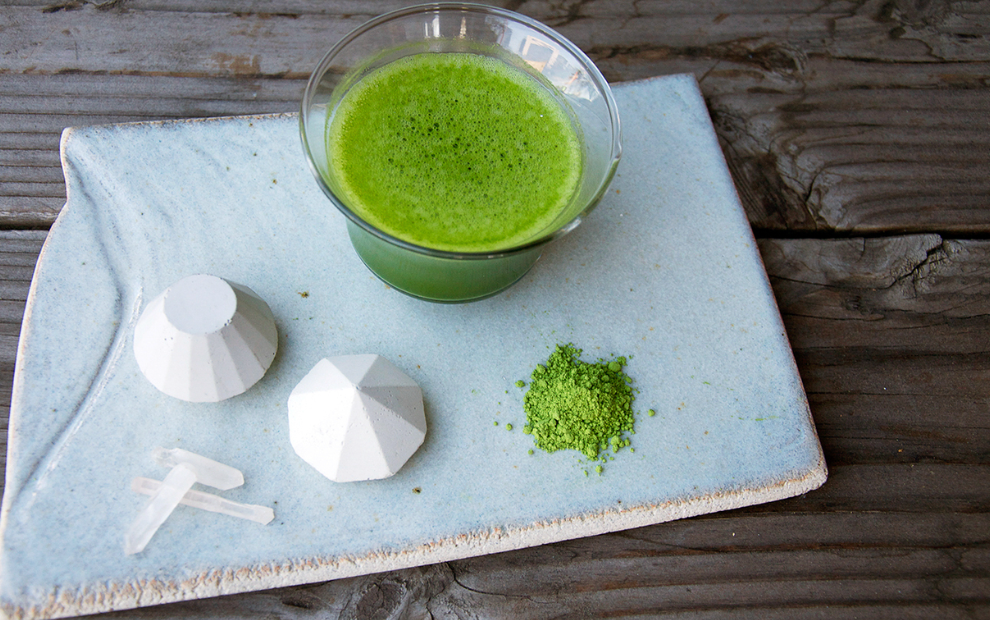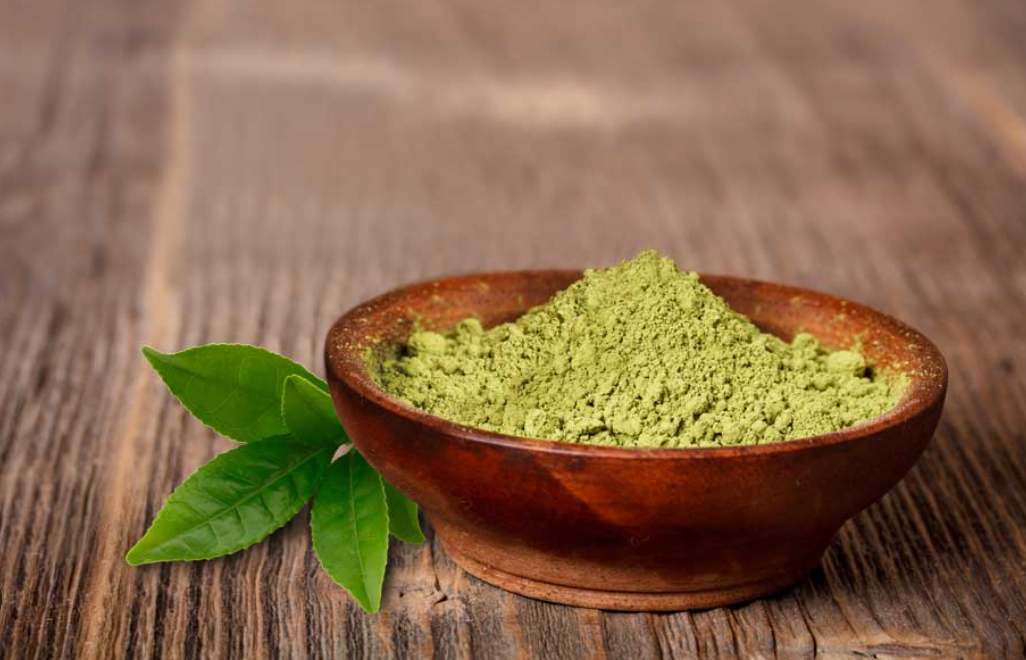
Read time: 4 min
Meditation can seem like a daunting prospect, but it doesn't have to be.
Meditation is a powerful tool that can help you reduce stress, improve focus and creativity, and even boost your immune system. Yet, many people are intimidated by the idea of trying something new. Meditation doesn't have to be difficult! With this guide, you will learn how to meditate from start to finish and get started on your own personal journey toward inner peace and calm.
1. Pick a time and a place.
Pick a time and place. The best time to meditate is when you can devote at least 20 minutes to it, but ideally, more like 30. Some people prefer to wake up early and meditate first thing in the morning, while others enjoy starting their day with meditation after breakfast or lunch. You might also want to reserve some time for meditation before bed so that you can drift off into sleep feeling calm and clear-headed instead of tossing and turning all night long.
If possible, find a place where you won't be disturbed by noise or other distractions—but if that isn't possible, try making your home environment as quiet as possible by closing doors or turning off TVs and radios if they're nearby. If there are pets around who might disrupt your focus (even small ones), take them out of the room or put them in another one where they'll be less likely to bother you while you're meditating (though don't lock them away).
2. Sit down in a comfortable position.
If you're sitting on a chair, place both feet flat on the floor, with knees bent at about 90 degrees and elbows resting gently on knees with palms facing upward (like you're holding out an invisible bowl).
If you're sitting cross-legged on a cushion or pillow—or doing yoga warmups—make sure to keep your spine straight (but not arched) so that it supports your head comfortably.
3. Close your eyes and focus on your breathing.
Close your eyes, and focus on your breathing. Take a deep breath in, hold it for a few seconds, and then slowly let it out. Repeat this process four or five times until you feel relaxed and ready to begin meditation.
When you're ready to begin meditating, focus your attention on the sound of your breath as it fills your lungs with air and travels through the pipes of your body back out again. Don't worry about being too intense about focusing; just loosen up and allow yourself to be present without thinking about what else might be going on around you or what's happening later today at work—just be there with yourself at this moment.
4. Notice your thoughts.
The next step is to notice the thoughts. Don't judge yourself, don't try to stop them, and don't try to force yourself to think something else. Just notice them as they come and go.
The next step is to not control your thoughts. This means that you shouldn't try to figure out what your thoughts mean or why they are there in the first place—just let them come and go on their own accord without trying to steer them in any direction.
Finally, continue with this meditation until you're ready for another break in between sessions (if you feel like taking one).
5. Don't judge yourself.
Sometimes it's tempting to judge yourself while meditating. That's normal—when you're trying something new and unfamiliar, it's hard not to compare your progress with others. Don't let this get you down, though! There will always be someone who can concentrate better than you or who has more time for daily meditation than you do right now.
Whether or not you're judging yourself, it can still feel like a chore if your mind wanders off while sitting still. It's okay if thoughts come into your head; just don't attach too much importance to them. The goal isn't necessarily to stop thinking; rather, the idea is that by letting go of our attachment to these thoughts (that they should stop), we become more aware of them at the moment and therefore have control over how we respond emotionally versus being carried away by emotion alone which often leads us astray from what matters most for our well-being: presence (see below).
6. Do this every day for at least 10 minutes.
The first step to meditating is setting a time and place for your practice. Meditating for at least ten minutes a day is recommended, but you can do more if you like. It's also important to remember that meditation should be part of your daily routine, so plan on doing it every day.
Conclusion
I hope this guide has helped you get started with meditation. It's a powerful tool that can help you reduce stress, improve your focus and creativity, and even boost your immune system. Give it a try today!






